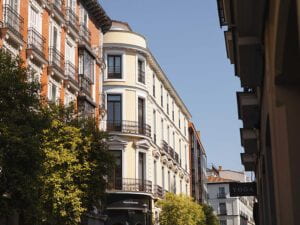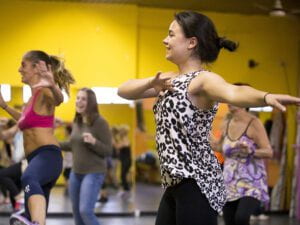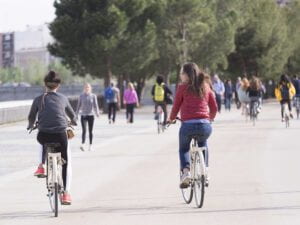 Long before study abroad was a rite of passage for curious students, NYU recognized the many merits of an international education. While the University founded its first study away site in 1958, Professor James E. Lough took 350 NYU students on a for-credit sailing trip around the world back in 1926, an experience he dubbed the “Floating University.” Tamson Pietsch, associate professor in social and political sciences and director of the Australian Centre for Public History at the University of Technology Sydney, detailed this little known journey in her recent book, The Floating University: Experience, Empire, and the Politics of Knowledge.
Long before study abroad was a rite of passage for curious students, NYU recognized the many merits of an international education. While the University founded its first study away site in 1958, Professor James E. Lough took 350 NYU students on a for-credit sailing trip around the world back in 1926, an experience he dubbed the “Floating University.” Tamson Pietsch, associate professor in social and political sciences and director of the Australian Centre for Public History at the University of Technology Sydney, detailed this little known journey in her recent book, The Floating University: Experience, Empire, and the Politics of Knowledge.
“NYU actually ran the very first study abroad program for academic credit in the United States and the world,” Pietsch asserted in a recent discussion facilitated by NYU’s Dr. Jini Kim Watson, professor of English and comparative literature and faculty liaison at NYU Sydney. During their conversation, Pietsch shared her work with Dana Burde, associate professor of international education at the Steinhardt School of Culture, Education, and Human Development, and Shirin Nadira, assistant director of the NYU Office of Global Awards.
Pietsch’s book details the fascinating history of this educational experiment as well as its implications for higher education. “A contest emerged in the 1920s between expertise and experience as the foundation of knowledge claims about the world,” she explains. For eight months, 350 students and another 150 crew members traversed the globe on a ship, taking a variety of courses and disembarking at nearly 50 ports. Much like NYU’s global network today, the advertising materials lauded the voyage as an opportunity for students to “develop the ability to think in world terms through firsthand contact with places, people, and problems.” Indeed, students met recognizable figures such as Gandhi and the Pope. “The basis of the voyage was that you can teach students to be global citizens at sea—you can teach worldly-mindedness,” says Pietsch. However, the press covered students’ antics as much as their learning, and it would be some years before NYU students once more studied abroad.
More than three decades later, in 1958, NYU established the first academic center in its global network, NYU Madrid. There, students hone their Spanish language skills while immersing themselves in the Spanish capital’s vibrant culture. Then, in 1969, NYU Paris became the second site, founded as a center for immersive French language study. Today, students from a diversity of fields come together to visit world-renowned museums and key historical sites while getting the opportunity to supplement their coursework with classes at French universities. In the years that followed, the NYU community established a dozen additional global sites, including two degree-granting campuses in Abu Dhabi and Shanghai.
As our world fractures, reconnects, and evolves, NYU’s global network has continued to grow and change. “In a way, I think that not much has changed,” concludes Pietsch. “The form of encountering engagement with the world does that same work of helping students understand the place of their nation in the international order.”
Written by Dana Guterman



